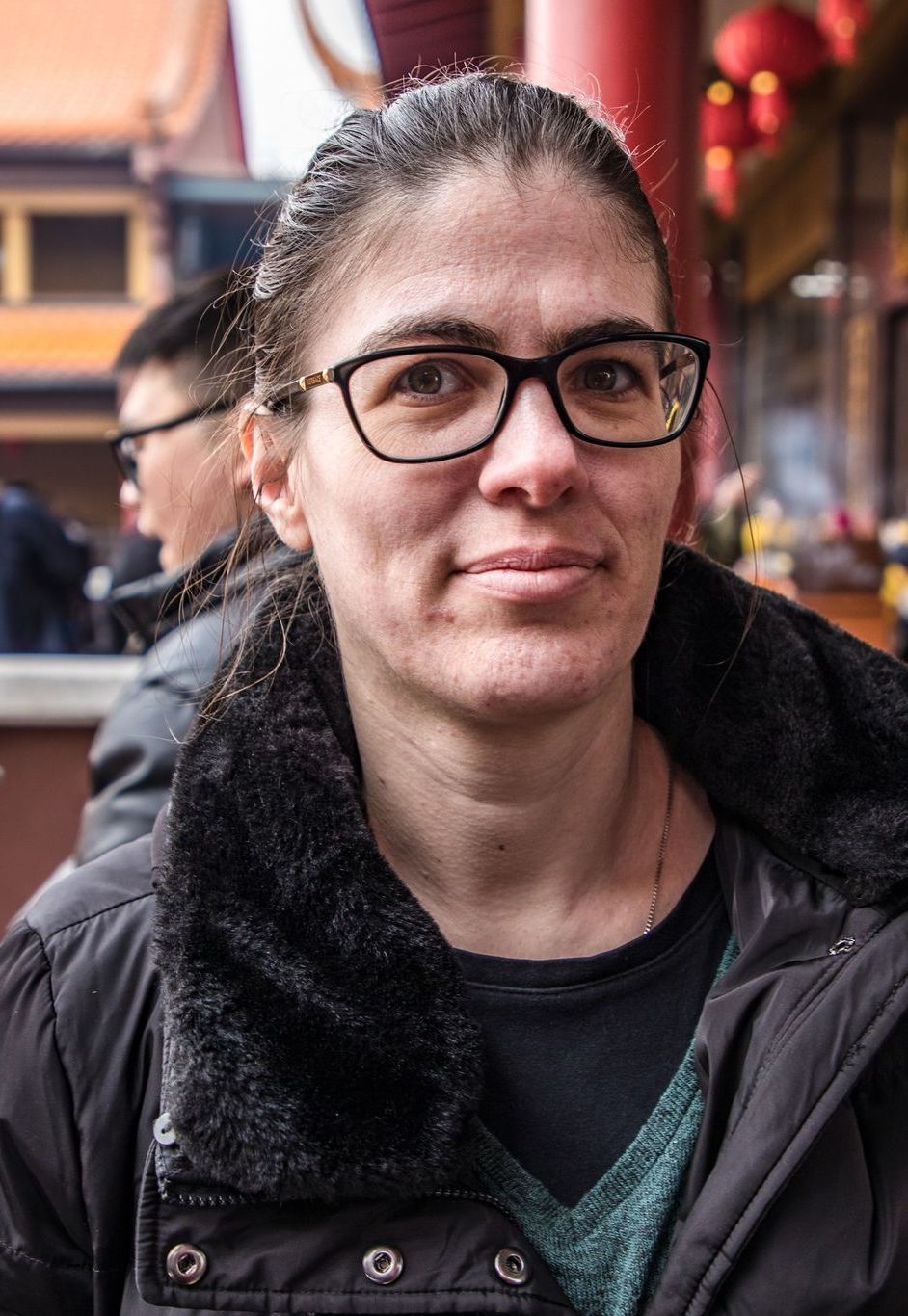|
Veronica Dudarev I am a Research Associate in the Department of Psychology at the University of British Columbia. I work with James T. Enns, Daniela Palombo, Connor Kerns, and Tim Oberlander. I study social cognition – the mental processes that let us coordinate with others, like having a conversation without talking over each other or clinking glasses without breaking them. I'm especially interested in how this general concept of “social cognition” can be broken down into sub-processes, to understand why the same factor influences joint actions in some situations but not in others. By identifying these building blocks, I hope to understand not only how social interactions work, but also how people differ in their approaches. Do we all handle interactions in the same basic way, or are there different approaches that can be equally successful – or, in the context of human relationships, fulfilling? |

|
Research OverviewIt is plausible that social processes, like most cognitive processes, are situationally specific. That means it is a mistake to apply the same label — social cognition — every time a task involves interaction with other people. A number of accounts suggest that social cognition is built out of several sub-processes, yet how to delineate these sub-processes is still an open question. It is then plausible to suggest that the sub-processes, if they exist, will be affected by different circumstances not to the same extent. My aim is to identify the distinguishable sub-processes involved in social cognition by testing different aspects of it in different people, in different situations – e.g., situations of social stress, in ecological settings, and utilizing novel technologies. |
Individual Differences: Social Cognition on the SpectrumAutism spectrum disorder is famously characterized by distorted social abilities. Yet not all social abilities are affected, and not all affected social abilities are decreased. I use interactive ecologically valid paradigms to test different aspects of social cognition in children and adults with autism, to inform delineation of the building blocks of social cognition. |
|
For more information, see: |
Situational Differences in Social CognitionThe other classical way to test restrictions of a cognitive process – and thus test whether different aspects of social cognition have different restrictions – is to create circumstances that could either challenge or enhance the process. |
|
For more information, see: |
Make It Real: Ecological ApproachOne challenge with social cognition is its ecological demands: to examine a social process we need to create a situation that gives rise to its adequate representative. On the bright side, it is really not hard to find situations where a social process comes to the fore (e.g., the recent pandemic provided an interesting case for changes – and lack of such – in face perception). And there are multitudes of ways to create interactive social context at a lab. |
|
For more information,see: |
Novel TechnologiesThere is a special place in my heart for novel methods. The technological breakthrough of this decade is wearable body sensors. The promise is that wearable devices like smart watches will soon monitor our bodily states, providing data to improve our wellbeing and to predict illnesses that may be caused by destructive behavioral patterns. Wearable sensor technology is especially tempting for research involving clinical populations (e.g., ASD) as it promises near-continuous and passive measurement of psychologically relevant biometrics. But this is not yet a plug and play matter. Physiological data is complex and continuous real-life measurement is difficult. With systematic approach though one can achieve remarkable results and gain insights into experiences that cannot be captured in a lab study. |
|
For more information, see: |
|
Template from here. |